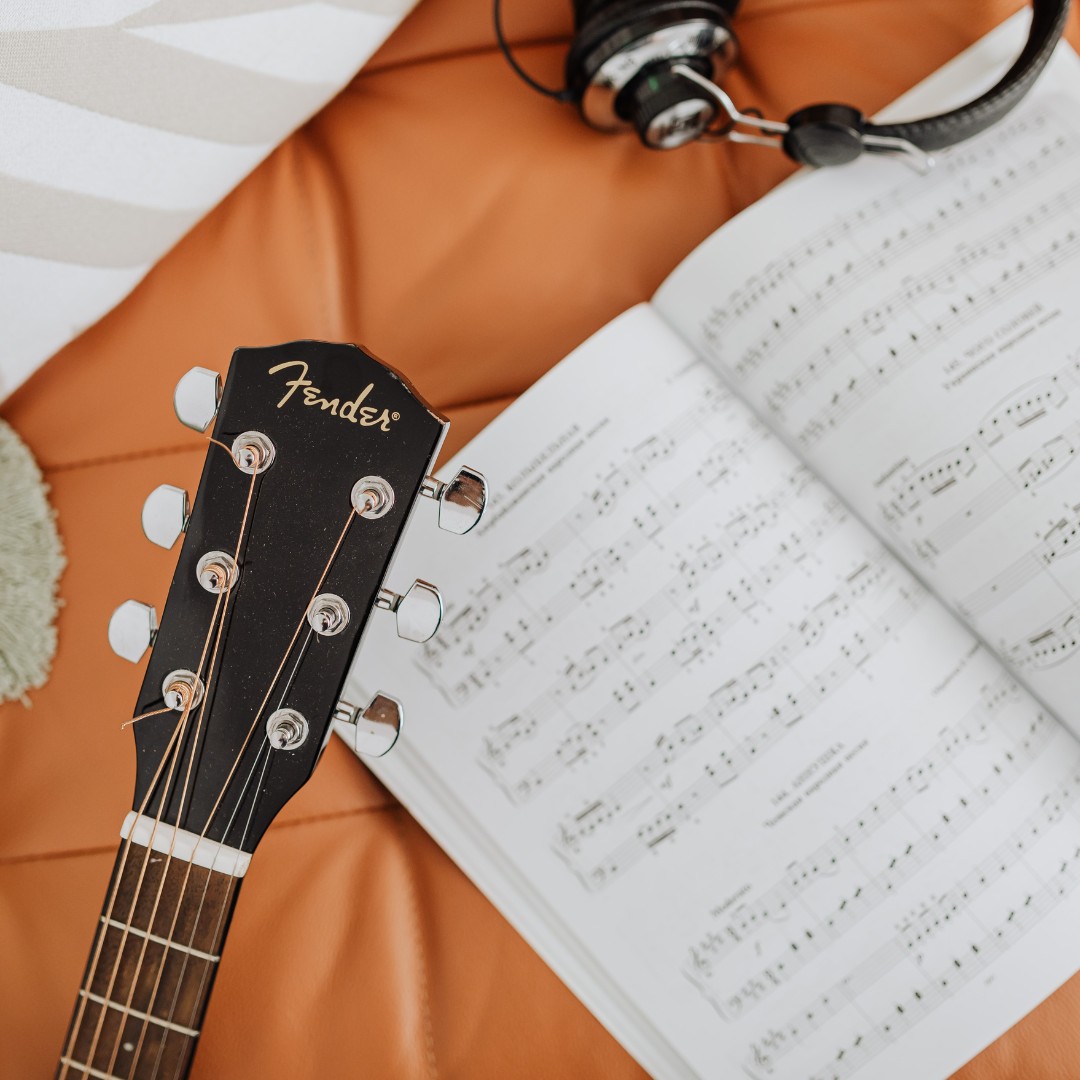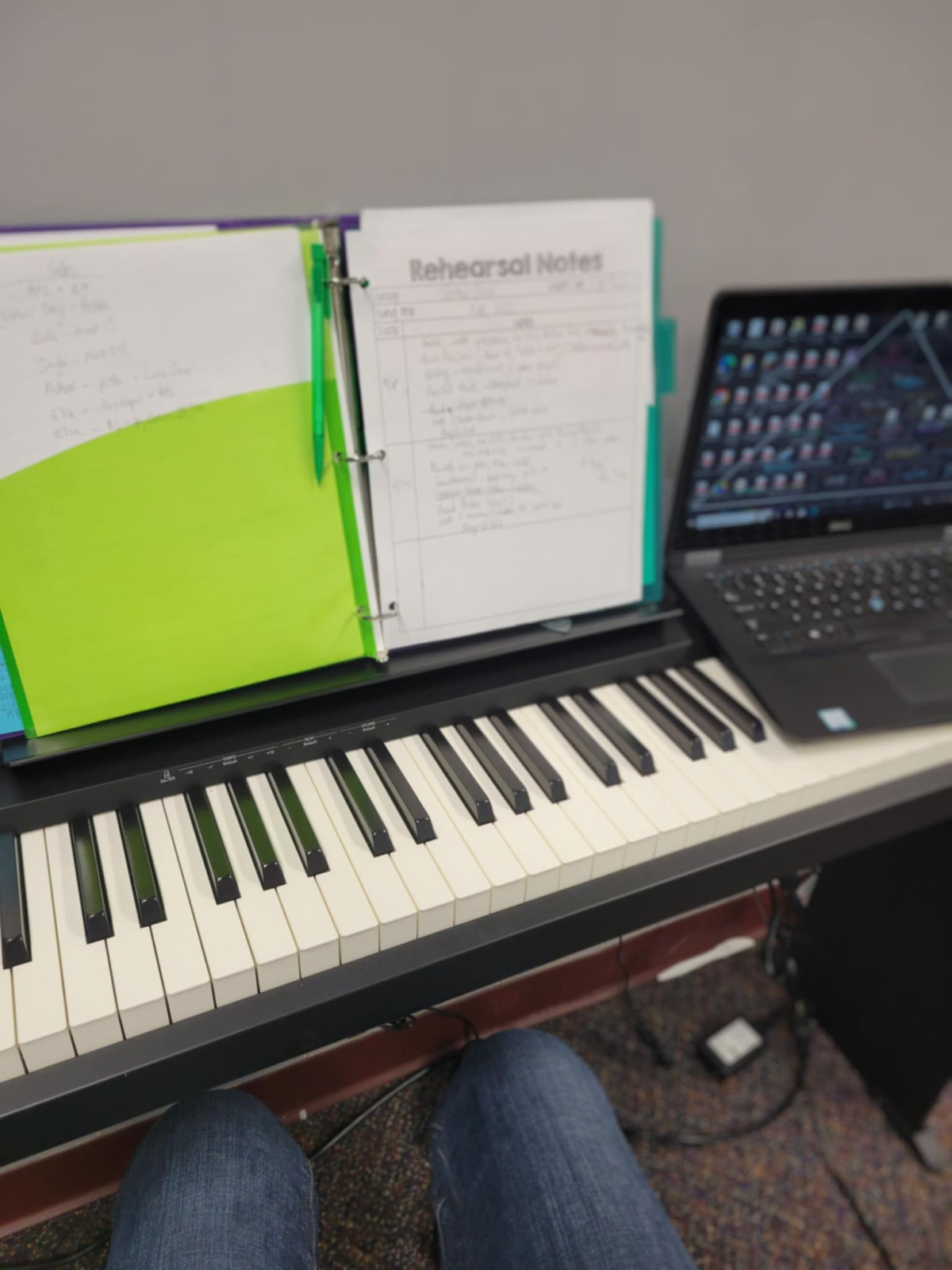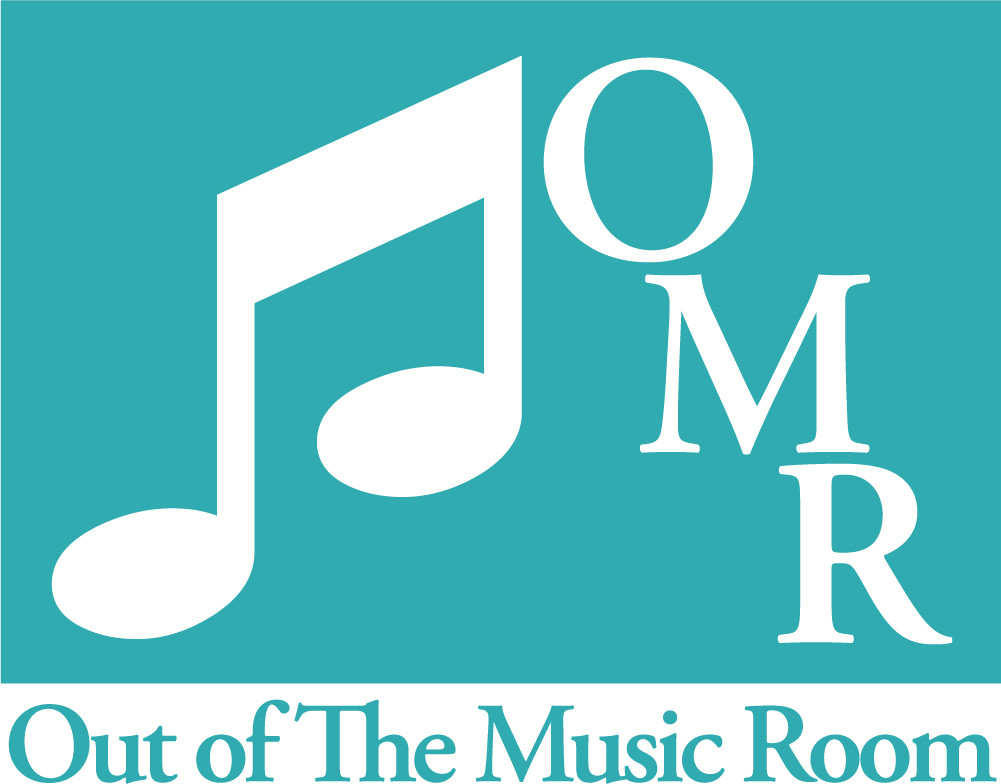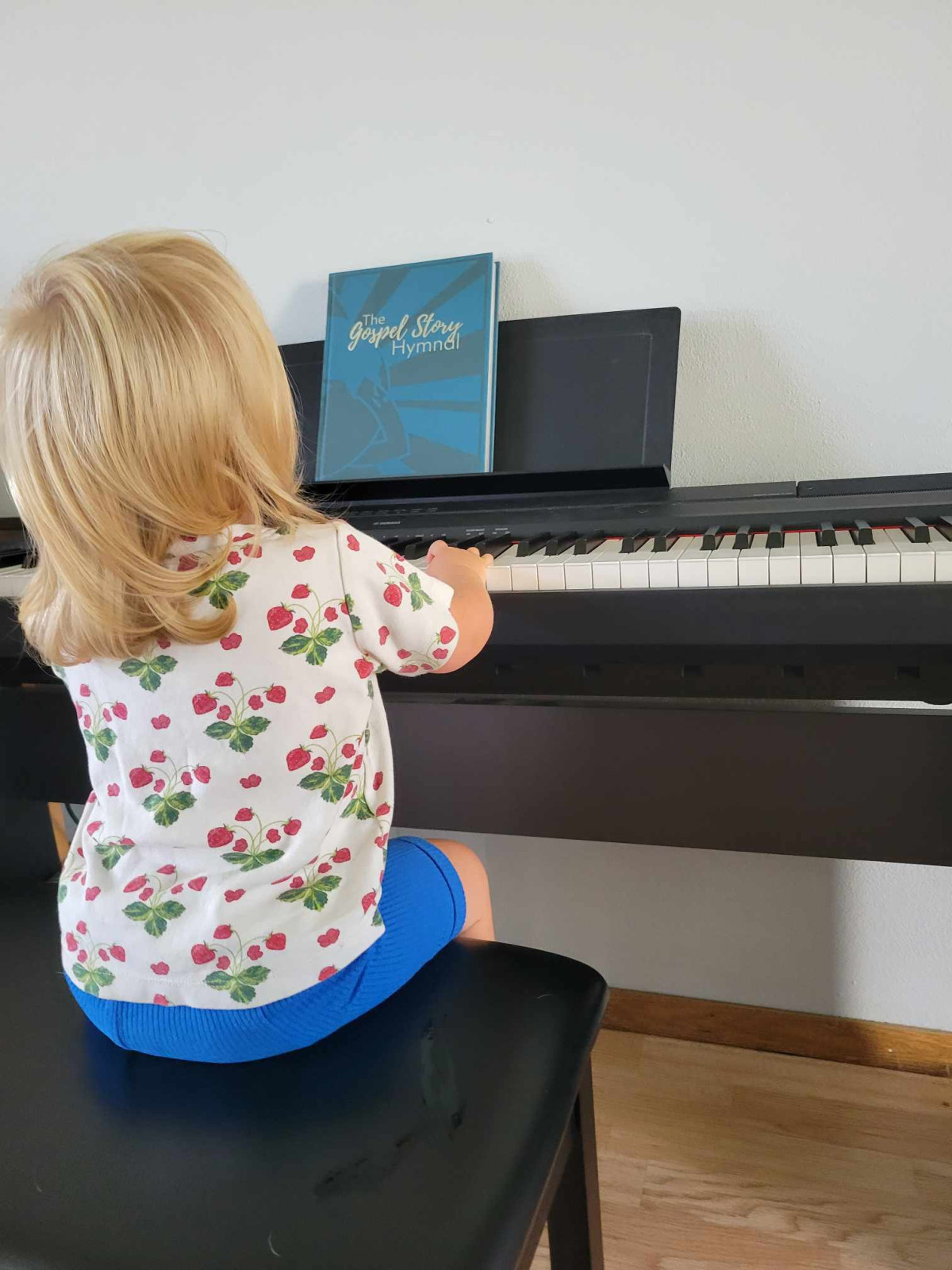
1. Parenting in the Pew: Guiding Your Children into the Joy of Worship
2. The Gospel Story Hymnal
3. Story-Shaped Worship
4. God Made Me for Worship: Helping Children Understand Church
5. Sparkled Salt Co. Sermon Notebooks for Kids and Tweens
These specially designed notebooks encourage children and tweens to take notes during sermons, helping them focus on the message being preached. With sections for recording key points, themes, and personal reflections, these notebooks make it easier for kids to engage with what they hear during church services. This practice not only enhances comprehension but also fosters a habit of active listening that can benefit them throughout their lives.

1. A Jesus Christmas by Barbara Rainey
- A relatable scripture passage
- Thought-provoking questions to spark family discussions
- Space for journaling or drawing, making it interactive for kids of all ages
2. Wonders of His Love: Finding Jesus in Isaiah Family Advent Devotional by Champ Thornton
- Light
- Branch
- Shepherd
- Savior
3. Christ-Centered Advent Activities
- Creative crafts that bring Bible stories to life
- Daily scripture readings to keep your family grounded in God's Word
- Family games or activities that create lasting memories
4. Daily Grace Co Advent Studies
- Thoughtfully designed journals or guides
- Daily scripture readings and reflections
- Practical applications for real-life situations
5. Gentle + Classical Advent Curriculum
BONUS! The Gospel Story Hymnal
- Bright illustrations that engage young readers
- Child-friendly notes on scriptural themes and theological concepts
- A three-year plan for family or personal worship
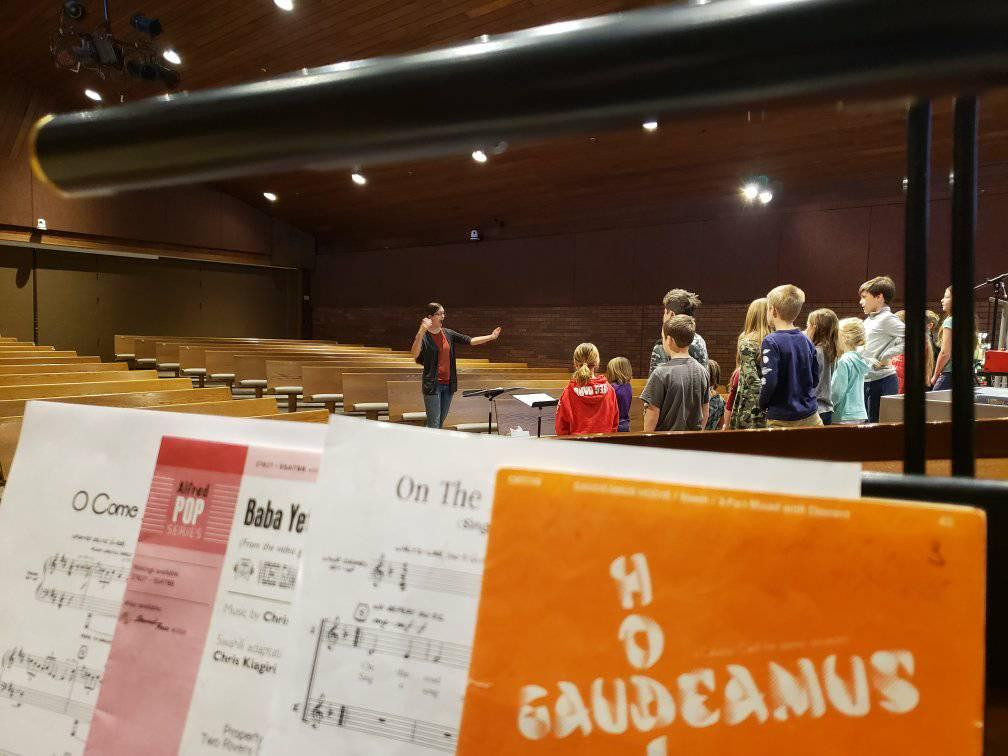
Why is Warming Up Your Voice Important?
- Protect Your Voice: Warming up helps prevent strain on your vocal cords, keeping your voice healthy and strong.
- Improve Your Singing: A good warm-up routine can help you hit higher notes, sing with more power, and improve your overall sound quality.
- Boost Your Confidence: When your voice is warmed up, you'll feel more comfortable and confident while singing.
- Enhance Your Vocal Range: Regular warm-ups can help expand your vocal range over time.
- Prepare for Performance: Warming up gets your voice ready for singing, just like stretching prepares athletes for sports.
6 Vocal Warm-Up Exercises for Kids
1. Full Body Stretch
2. Big Yawn
3. Siren Sounds
4. Lip Trills
5. Solfege Scale
6. Chocolate Cookie Warm-Up
Chocolate Cookie, Chocolate Cookie, Chocolate Cookie, yum yum yum!
An OREO! A chocolate oreo!
I love the creamy filling of my chocolate oreo!
Tips for Effective Vocal Warm-Ups
- Start with gentle exercises and gradually increase intensity.
- Drink water before and during your warm-up to keep your vocal cords hydrated.
- Listen to your body – if something feels uncomfortable, stop and try a different exercise.
- Be consistent – try to warm up every day, even if it's just for a few minutes.
- Have fun! The more you enjoy your warm-ups, the more likely you are to do them regularly.
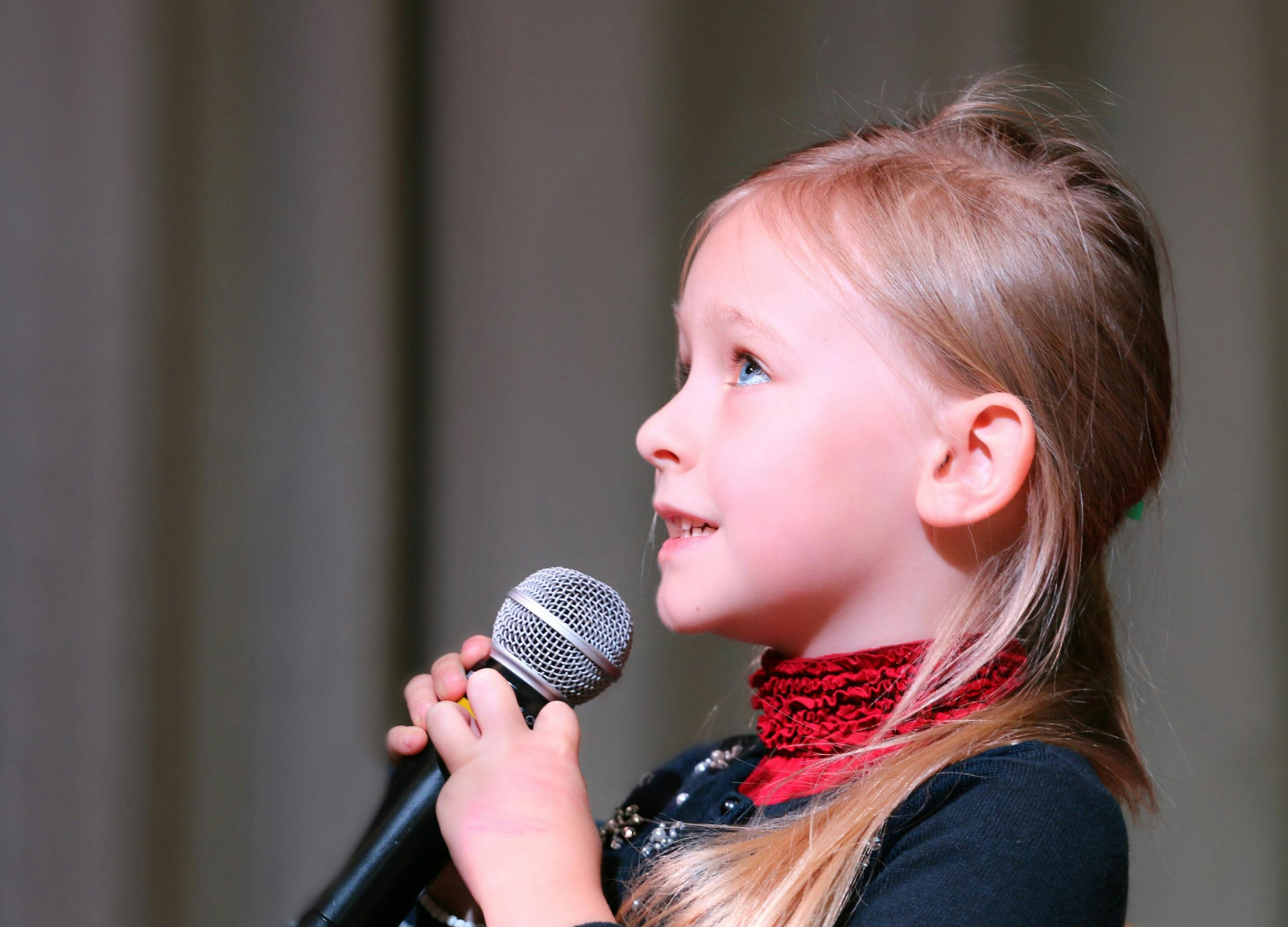
1. Sing-Along Sessions: Harmonizing Young Voices
2. Instrument Exploration: A Symphony of Discovery
3. Movement and Dance Activities: Grooving to the Beat
4. Musical Storytime: Tales That Sing
5. Rhythm Games: Keeping the Beat
6. Music and Art Integration: A Canvas of Sounds
7. Karaoke Fun: Spotlight on Confidence
8. Music and Movement Circle Time: Learning in the Round
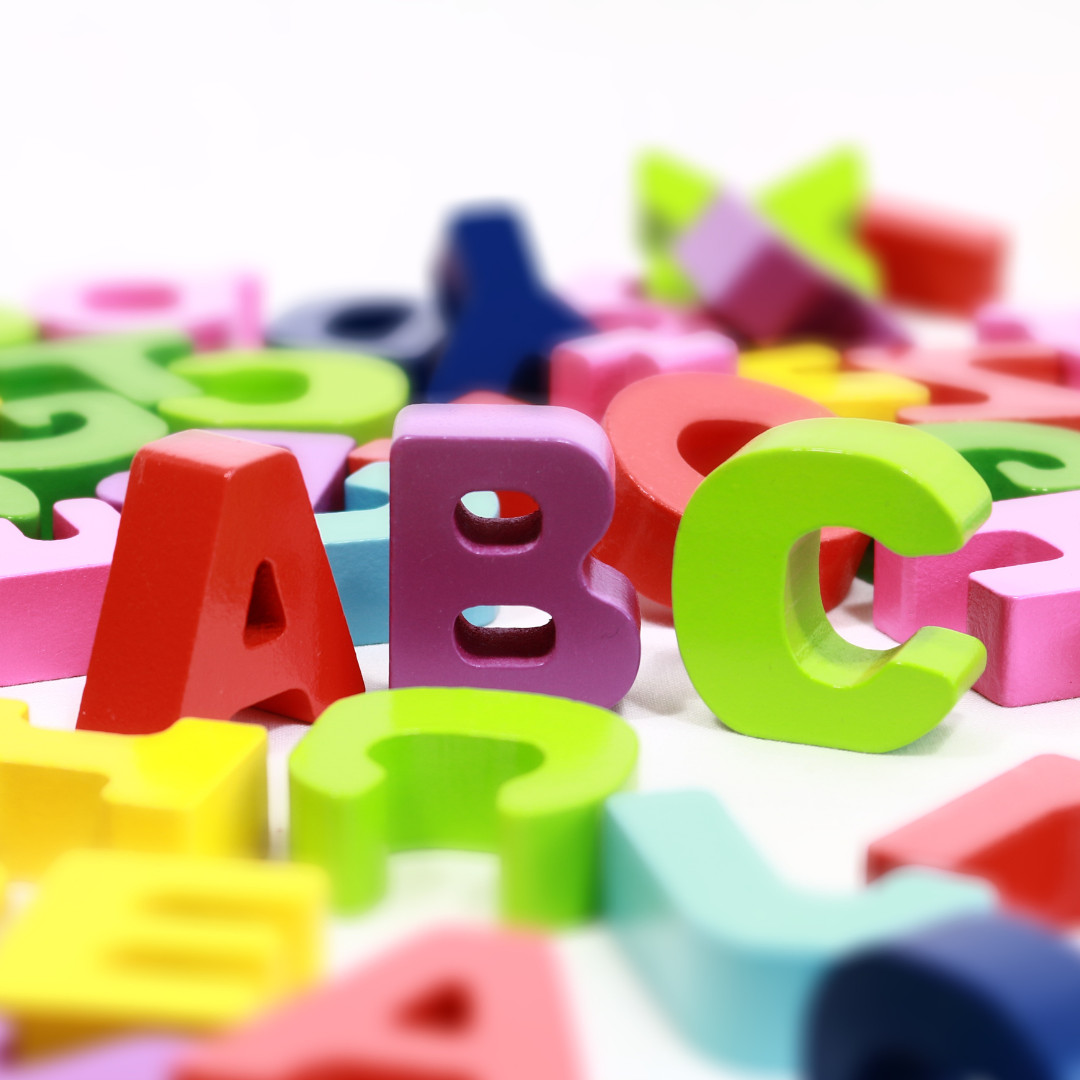
Finding engaging and educational resources is essential for homeschooling parents. ABC books are a fantastic way to introduce young learners to the alphabet while instilling Christian values. Here’s a curated list of favorite ABC books & workbooks that combine literacy skills with teachings of faith, perfect for preschool and early elementary students.
Top ABC Books for Christian Homeschoolers
- The Biggest Story ABC Board Book
This beautifully illustrated board book introduces children to the grand narrative of the Bible, with each letter representing a key biblical concept or character. It’s an engaging way to teach both literacy and foundational faith principles. - ABC's of How God Made Me
This book explores a child's identity in Christ through the alphabet, helping young learners understand their worth and purpose from a biblical perspective. It’s both educational and spiritually enriching. - ABC Bible Verses
This book pairs each letter of the alphabet with a memorable Bible verse, encouraging children to memorize scripture while learning letter recognition. It effectively integrates faith into early literacy education. - ABCs of Bible Characters
Written by Sunny Kang, this book introduces children to key figures from the Bible, with each letter representing a different character. Each entry includes a brief description, helping kids learn about the lives and significance of biblical figures in a fun, engaging way. - ABCs of Prayers
This book teaches children about the importance of prayer through the alphabet. Each letter corresponds to a different aspect of prayer, helping young readers understand how to communicate with God and the significance of prayer in their lives. - The Reformation ABCs
This book offers a child-friendly introduction to key figures and concepts of the Reformation, making church history relatable and fun. It’s an excellent resource for teaching historical themes alongside alphabet skills. - Church History ABCs
This title provides an overview of significant events and figures in church history, presented in an age-appropriate manner. It’s a great way to introduce children to the rich heritage of Christianity while reinforcing letter recognition. - Bible ABCs: People of the Word
This book highlights important individuals from the Bible, with each letter representing a different person. It provides short, engaging stories that help children learn about the lives and contributions of biblical figures, making it a valuable addition to any Christian library. - Bible History ABCs
This unique book takes children on a journey through major biblical events, connecting each letter to important narratives and characters from Scripture. It’s an engaging way to teach both literacy and biblical knowledge. - ABCs of God's Names Workbook
This workbook combines learning the alphabet with discovering 52 names of God. It includes activities such as coloring, letter tracing, and games that help strengthen children's understanding of God's character. This resource is perfect for reinforcing early learning concepts while reflecting on the nature of God. - ABC Adoration Coloring Book
This interactive coloring book allows children to express their creativity while learning about worship and adoration. Each page features illustrations related to the themes of praise and worship, making it a fun way for kids to engage with their faith while developing fine motor skills.
Additional Resources
- Christian Light's ABC Readiness Series
This comprehensive series includes workbooks that teach the alphabet through engaging activities, seamlessly integrating biblical stories and principles. It promotes both literacy and spiritual understanding in a structured format. - The Ology: Ancient Truths, Ever New by Marty Machowski
This beautifully illustrated beginner's theology book helps kids understand who God is and how we, as His children, relate to Him. Arranged within a traditional systematic theological framework, it connects each truth to the larger redemptive story of Scripture. The engaging narrative and creative illustrations make complex theological concepts accessible for young readers, making it an excellent resource for family devotionals.



